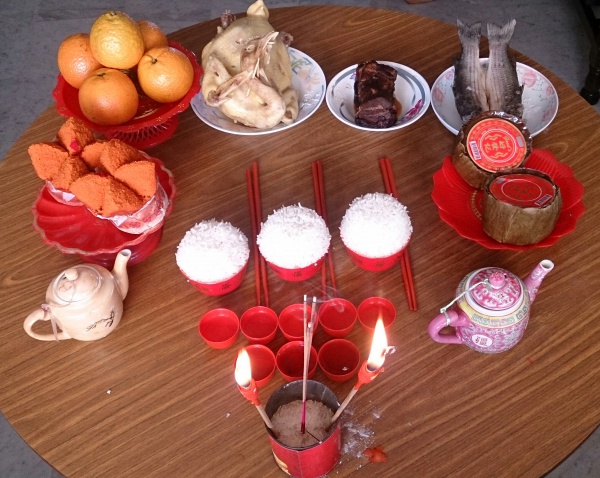Facts About Chinese New Year
Chinese New Year, also known as the Spring Festival, is a significant celebration in China that marks the beginning of the traditional Chinese lunar calendar. This festive period starts on New Year's Eve and lasts until the Lantern Festival, symbolizing the end of winter and the commencement of spring. The festival begins on the new moon between January 21 and February 20.
This holiday is deeply embedded in Chinese culture, with various myths and customs associated with it. Traditionally, it was a time for venerating deities and ancestors. Today, families reunite for a special dinner, clean their homes to rid themselves of bad luck, and decorate with red paper-cuts and couplets that symbolize good fortune. Other popular customs include lighting firecrackers, giving red envelopes filled with money, and eating symbolic foods like dumplings and noodles.
Chinese New Year isn't just celebrated in China; it's a global event. Countries with significant Chinese populations, such as Singapore, Indonesia, Malaysia, and many regions in North America and Europe, also partake in the festivities. Celebrations often feature lion and dragon dances, lantern displays, and special foods. It is a time for family reunions, paying respects to ancestors, and hoping for prosperity in the new year.
During Chinese New Year, people exchange common greetings like "Xīn nián kuài lè" (Happy New Year) and "Gōng xǐ fā cái" (Wishing you prosperity). These greetings are often accompanied by red envelopes containing money, symbolizing good luck and prosperity. The festival is also marked by various cultural events, parades, and performances in different countries around the world with Chinese communities.

 North Korea
North Korea